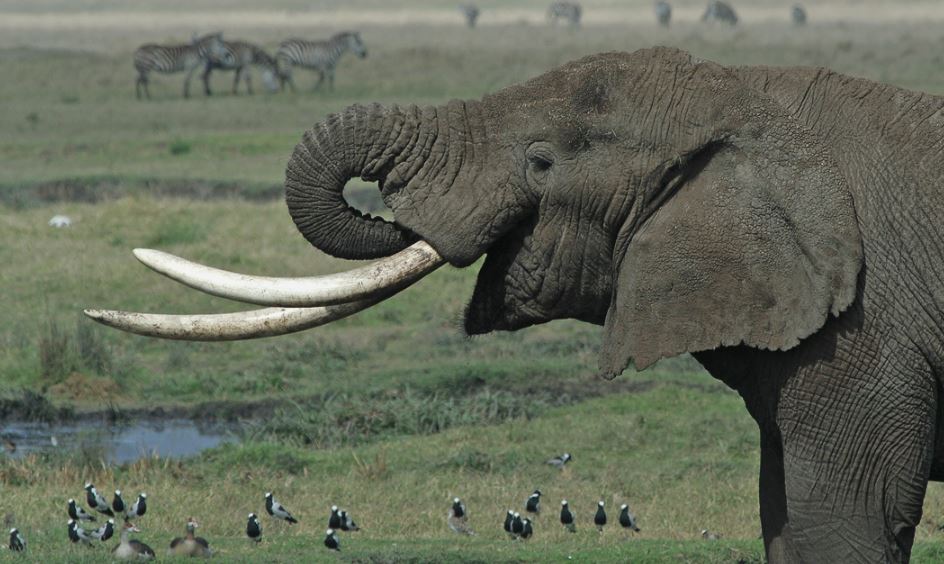
by BioEdge | Jan 10, 2017 | Site Content
Animals too can be meristematic Meristematic tissues are best-known in plants and currently defined as restricted to plants. Similar tissues occur, however, in many animals, the clearest example being the roots of ever-growing teeth such as the incisors of rodents,...
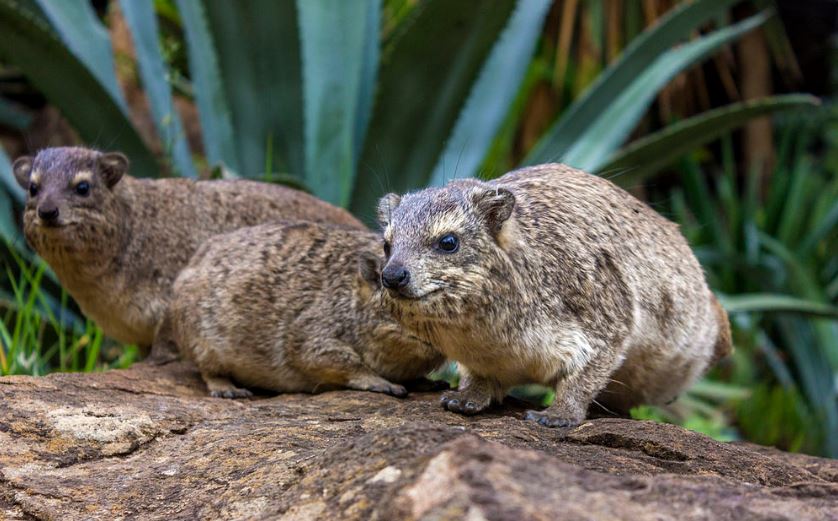
by BioEdge | Jan 8, 2017 | Site Content
Heterohyrax brucei photo Rock hyraxes know no way to gnaw Kerodon rupestris photo in the Public Domain The yellow-spotted rock hyrax of Africa is in many ways convergent with the rock cavy of South America, but the two have extremely...
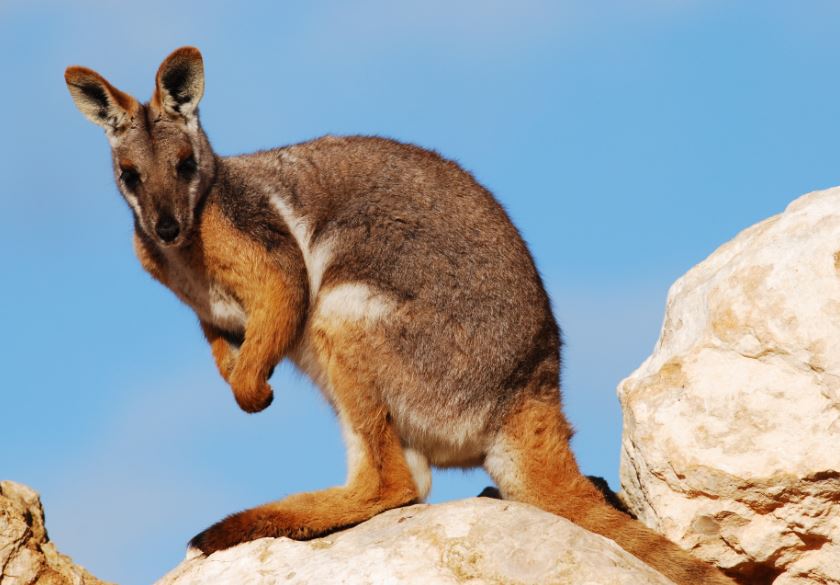
by BioEdge | Jan 8, 2017 | Site Content
Petrogale xanthopus photo © Peripitus Rock-wallaby is no marsupial klipspringer Oreotragus oreotragus photo © Neil Strickland The yellow-footed rock-wallaby and the Cape klipspringer are herbivores of similar body mass in habitats...
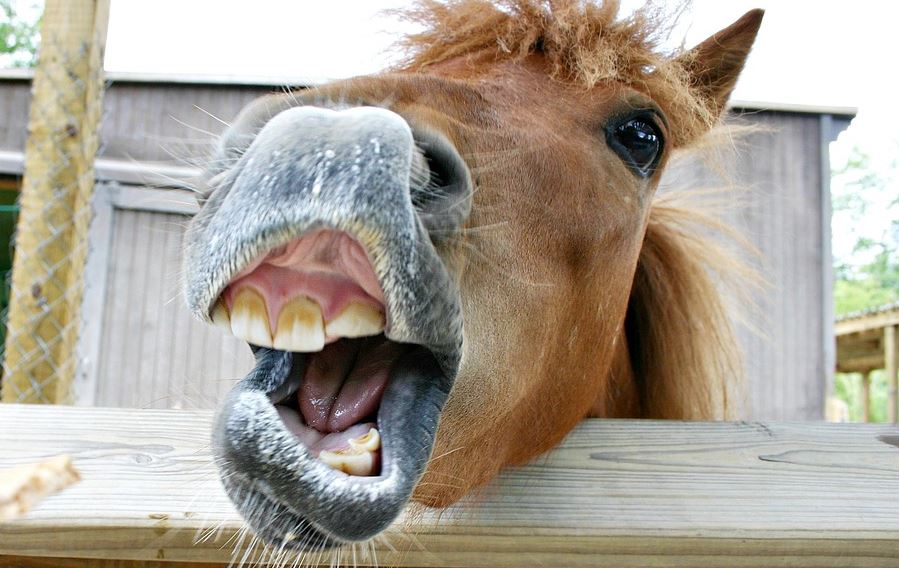
by BioEdge | Jan 8, 2017 | Site Content
Equus caballus photo in the Public Domain The improbable complexity of equid dentition Equus caballus skull photo © PD-self The teeth of the domestic horse are well-documented but poorly interpreted biologically. Instead of simply...
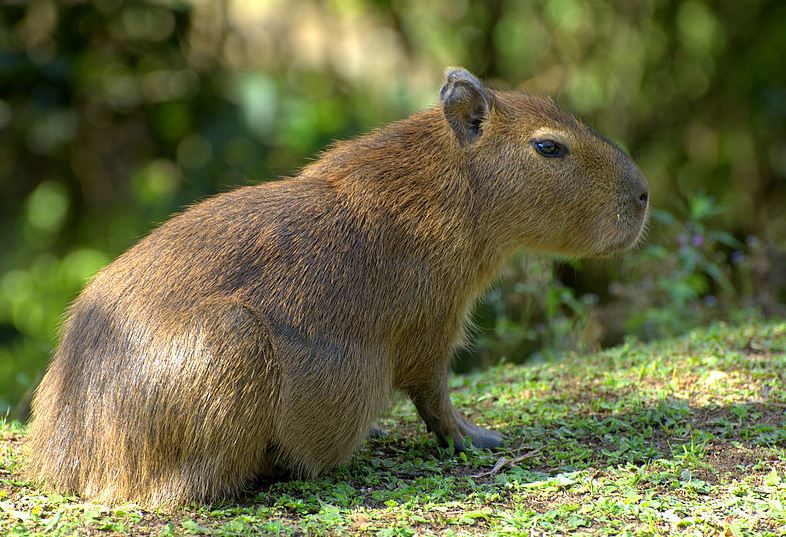
by BioEdge | Jan 8, 2017 | Site Content
Hydrochoerus hydrochaeris photo © Dario Sanchez Capybara: more than a giant guinea-pig The capybara is extreme in being the largest living rodent, but is even more extreme in its efficiency of food-processing. What is not generally...
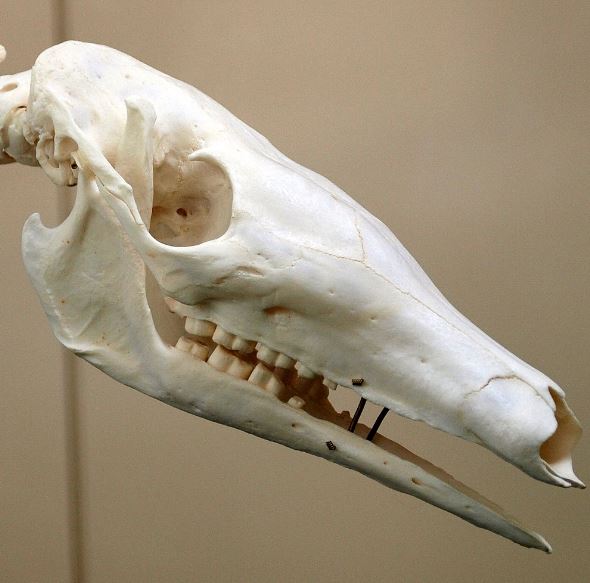
by BioEdge | Jan 8, 2017 | Site Content
Orycteropus afer © OpenCage Molar mill of a massive myrmecophage The capybara of South America and the aardvark of Africa – both of which weigh about as much as the average woman – are the largest living animals...







